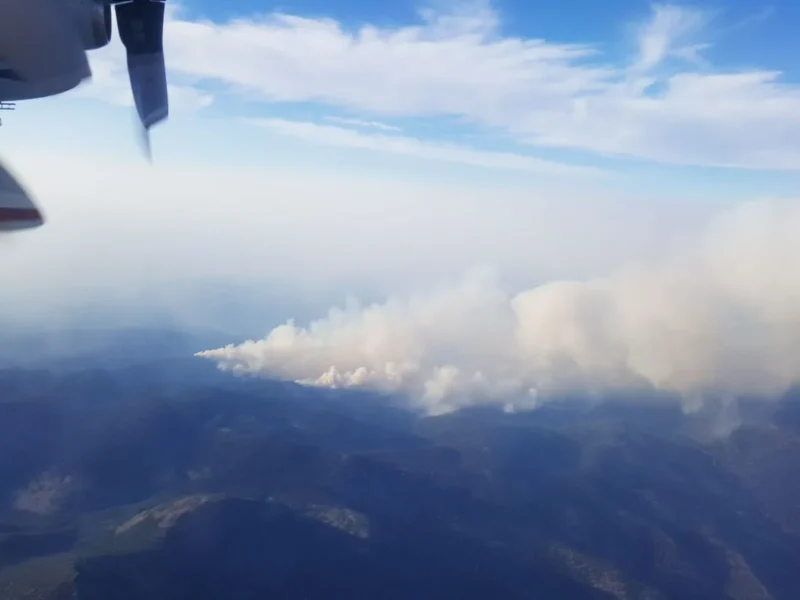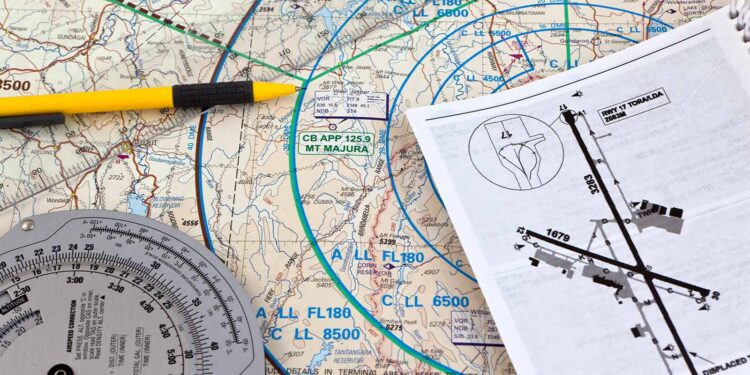I wont be flying at all this week and my flight on Sunday was canceled because of poor weather. So this means that it’s study week.
I have a mid-term in my Basic Aircraft Systems class on Thursday. Plus I need to get ready for the pre-flight test with my FI on Monday. I want to nail it down and get my licence as soon as possible.
I’m planning on attending this month’s Transport Canada safety seminar. Check out this gripping introduction ;)
Do you fly in/around/through/over the Greater Toronto Area? Are you aware of the types of airspace you are operating in? Do you know what the correct procedures are that you should follow when you do so? What services can you expect from air traffic control (based on the type of flight you are)? What can you do to help NAV CANADA ensure that there is a smooth, orderly, safe and efficient traffic flow in and around the GTA? What are some of the problems that NAV CANADA experiences with the mix of aircraft types, speeds and altitudes that they manage? Come and find out!
It will be the first TC seminar so I don’t know what to expect. It is 2.5 hours though, so I’m assuming its full of good information.
Word on the street is that TC/Nav Canada wants to change the airspace around the GTA. It seems that the pressure is coming from WestJet to eliminate the class E airspace around Toronto. Their fear is that non-transponder aircraft (mainly gliders) operate in this airspace and a collision can occur.
What NavCanada has decided to do is eliminate this class E airspace (make it class C?) in four “wedges” extending 65nm from Pearson.
Here’s the problem: NavCanada has indicated that they don’t have enough controllers to handle that airspace. Because the airspace will be designated class C, users (with transponders) will require clearance to enter. They will most likely get denied due to controller workload. Therefore a large area of southern Ontario will be unusable by general aviation.
This will take effect in May 2007. In other words, in certain areas (inside those wedges) you will need a transponder to fly in between 6500′ and 12500′. If you have one, you will need clearance to enter first (which may not happen due to controller workload). This can pose a problem for skydivers, general aviation on cross country trips, and gliders.
I would love to be able to show you the changes, however Google Earth is not playing nice today.
Transport Canada is also changing the licence format. Currently a pilot licence is valid indefinitely and is just a piece of paper with your name on it. No photo, magnetic stripe or “security features”. This is going to change in 2007.
The new format is more like a passport. With pages, a photo, and a 5 year validity period. This new format will allow you to keep all of your ratings, documents (like your medical and radio licence) in one place. No need to carry 3 or more papers around. COPA has more information on this change.

